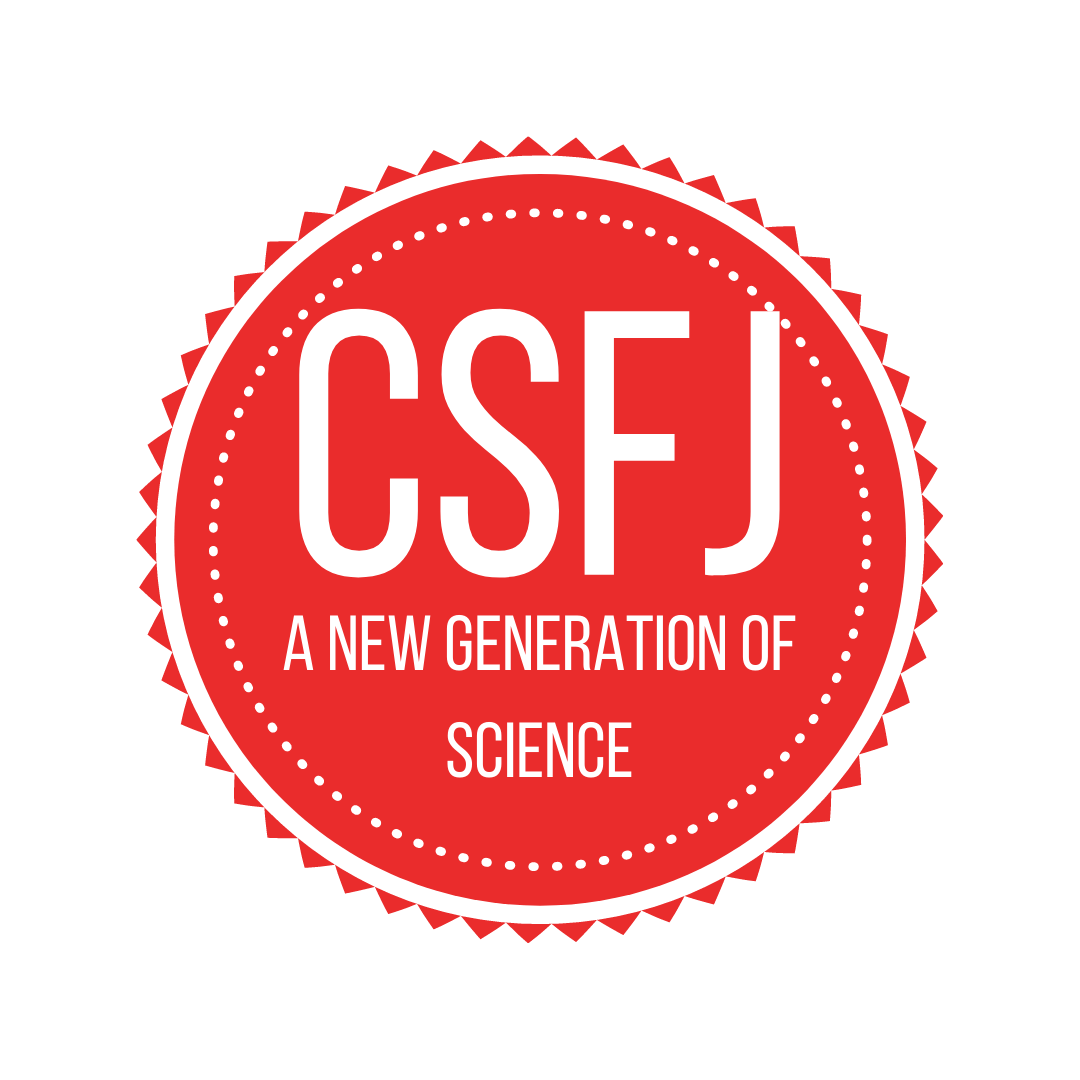January 2022
Volume 4 Issue 4
At CSFJ, we are ringing in the new year with another batch of outstanding articles from Canadian youth! This issue focuses particularly on COVID-19 and the fantastic research that is being conducted on it. Four of these articles were part of Youreka Canada national and provincial competitions, and bring to light important insights into the science behind the COVID-19 virus and its effects. You can also read about two more creative inventions from Little Inventors that show us how important it is to keep the oceans clean. We hope you’ll learn something valuable from our first issue of 2022!
by Laine Bénard, Mikhail Bond, Orchee Haque, Stephanie Huynh and Molly McVean (senior author)
1st Place in the Youreka Canada National Competition
Mutations that alter the amino acid sequence of the SARS-CoV-2 coronavirus spike protein often result in structural changes that affect its transmissibility and infectivity. The objective of this study was to determine whether the presence of the H69del spike protein frameshift mutation is related to the severity of patient outcomes in individuals infected with SARS-CoV-2, as measured by the number of hospitalizations due to COVID-19.
by Ayah El-Hajj, Sophia Burns, Jazlyn Chan, Nabeel Khan, Justina Wong (senior author)
2nd Place in the Youreka Canada National Competition
The implementation of COVID-19 restrictions has exacerbated the existing national opioid crisis by increasing social isolation and limiting dependency program access. This study examines the impact of COVID-19 restrictions on opioid overdose rates by analyzing opioid-related mortalities and Emergency Medical Service (EMS) responses in Alberta and Ontario.
by Zenab Gill, Shreya Mulpuri, Yasmeen Jalil, Jack Ma, Kritika Taparia (senior author)
3rd Place in the Youreka Canada National Competition
The Human Development Index (HDI) is a statistic summarizing the average life expectancy, years of education, and gross national income, and is used to give a holistic measure of a nation’s human development. The association between HDI and COVID-19 has not been commonly investigated and is also contested; this lack of research and consensus in current literature compelled us to investigate the correlation between HDI, as well as its components, and COVID-19 case and fatality rates. A preliminary One-way Welch’s test (non-parametric ANOVA) was conducted to determine significant differences between HDI categories and COVID-19 case and fatality rates.
by Gabriel Orhadje, Abigail Green, Ayman Mohammed, Maitri Shah, Avery Willis
Through analysis of the discrepancies between the severity of COVID-19 outcomes in individuals, previous literature has determined that certain genes are associated with severe cases of the virus. Four of these genes are studied in this project. This study aims to conclusively determine the correlation between the allelic mutation frequencies in these genes per ethnic populations, which would likely alter their enzyme product and its interaction with the COVID-19 virus, and mortality rate (deaths per number of tests) of COVID-19.
by Kibo Nagasaki
There are few previous papers that consider potential relationships between SARS-CoV-2 and influenza viruses. Bert et al. (2020) comprehensively reviewed how the human immune system responds to the infection of viruses. However, to the best of my knowledge, there are no previous studies to explain the reason for the suppression of influenza patients during the COVID-19 pandemic. The original purpose of this paper was to elucidate why the number of influenza cases in Canada and Japan in 2019-2020 and 2020-2021 was suppressed compared to the past years. In addition, the new purpose was to provide a learning aid to help other students learn about how science constantly evolves.
by Khaliya Thawer
The Centers for Disease Control and Preservation (CDC) state that they “recommend washing hands with soap and water whenever possible because handwashing reduces the amounts of all types of germs and chemicals on hands.” For this experiment, the germs that accumulate on one’s hands through contaminated surfaces are transferred onto bread and mold is produced from those germs. The main question for this experiment, as well as the purpose for the following research is, how does the type of hand sanitizer/soap affect its ability to eliminate germs like mold?
by Évangeline LaForest & Oscar McClements
La Méduse (French for ‘jellyfish’) is a machine with a cool design that could help reduce the amount of trash in our oceans. Évangeline and Oscar explain what it does, how it works, and why this issue matters to them.
In collaboration with Little Inventors
by Linden Moore
Otter Robots are Linden’s brilliant idea for how we could clean up the oceans while protecting marine life. He explains what his invention does, how it works, and why this issue matters to him.
In collaboration with Little Inventors









